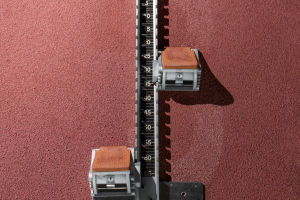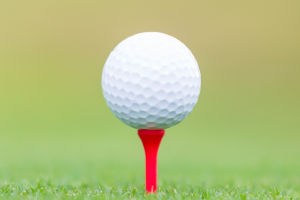Table tennis, often known as ping pong, is a dynamic and fast-paced sport enjoyed by millions worldwide.
Originating in England during the late 19th century as a parlor game, it has evolved into an internationally recognized sport governed by the International Table Tennis Federation (ITTF).
The Basics of Table Tennis
The game is played on a rectangular table divided by a net, with players using small paddles to hit a lightweight ball back and forth. Each match can be played in singles (two players) or doubles (four players) format. The objective is to score points by making the ball bounce on the opponent’s side of the table in a way that they cannot return it. Points are typically played to 11, with players needing to win by at least two points.
Equipment Essentials
Paddle and Ball
The equipment for table tennis is relatively simple, yet specialized. Players use a paddle, or bat, which consists of a wooden blade covered with rubber on one or both sides. The choice of rubber can significantly affect spin and speed. The ball used in table tennis is made of plastic, typically weighing 2.7 grams and measuring 40mm in diameter, making it lightweight and ideal for quick rallies.
The Table
A standard table tennis table is 2.74 meters long, 1.525 meters wide, and 76 centimeters high. The surface is usually made of wood or a composite material that provides a smooth bounce. The net, which stands at 15.25 centimeters high, runs across the center of the table, dividing the two playing areas.
Rules and Scoring
Game Structure
A match is played in best-of-five or best-of-seven games format, with each game being played to 11 points. Players switch serving every two points, and after every game, players switch sides to ensure fairness in play. In the event of a tie at 10-10, players continue to play until one gains a two-point advantage.
Service Rules
The serve is crucial in table tennis. The server must toss the ball vertically at least 16 cm and hit it behind the end line. The ball must first bounce on the server’s side before crossing the net and bouncing on the opponent’s side. A good serve can set up an advantage, so mastering various serving techniques is essential for competitive play.
Techniques and Strategies
Fundamental Skills
Table tennis requires a combination of agility, coordination, and strategic thinking. Players must master essential techniques, including forehand and backhand strokes, serving, and footwork. Practicing spins, such as topspin and backspin, can add complexity to the game and make it more challenging for opponents.
Defensive and Offensive Play
In table tennis, players often adopt either offensive or defensive strategies. Offensive players focus on aggressive shots and quick points, while defensive players emphasize returning shots with precision and control. Understanding when to switch between these styles can provide a tactical edge in matches.
Health Benefits of Playing Table Tennis
Physical Fitness
Engaging in table tennis offers numerous health benefits. It enhances hand-eye coordination, improves reflexes, and boosts cardiovascular fitness. The fast-paced nature of the game promotes agility and balance, making it an excellent form of exercise for all ages.
Mental Sharpness
Beyond physical benefits, table tennis is a mental workout. It requires quick decision-making, strategic thinking, and concentration. Regular play can improve cognitive function, making it a great activity for both mental and physical wellness.
Table tennis is a sport that combines fun, competition, and physical fitness, making it accessible to everyone from casual players to elite athletes. Its engaging gameplay, requiring quick reflexes and strategic thought, keeps players coming back for more. So Lykkers ,Lets discover the excitement of this captivating sport!


